Are you considering building a SaaS product but unsure about the costs involved? Look no further! In this blog post, we will explore the world of SaaS (Software as a Service) platforms and delve into the factors that affect their development costs. Whether you're a startup entrepreneur or an established business owner, understanding these costs is crucial for budgeting and decision-making. So let's get started and uncover just how much it really costs to build a SaaS app that meets your unique business and technical requirements!
What is a SaaS Development?
What is a SaaS development? It's a revolutionary software delivery model where applications are hosted on the cloud and accessed by users over the internet. Unlike traditional software, which requires installation and maintenance on individual computers, SaaS platforms provide convenient access to applications anytime, anywhere.
One of the key benefits of SaaS platforms is their scalability. Businesses can easily scale up or down based on their needs without worrying about infrastructure costs or limitations. This flexibility allows startups and small businesses to compete with larger enterprises in terms of technology capabilities.
Another advantage is cost-effectiveness. With SaaS platforms, there's no need for expensive hardware purchases or ongoing maintenance fees. Users pay a subscription fee for access to the platform, which covers all updates and support services.
SaaS platforms also offer seamless collaboration and accessibility from multiple devices. Users can work collaboratively with team members in real-time without any compatibility issues. Moreover, as long as they have an internet connection, users can access their data and applications from any device - be it a laptop, tablet, or smartphone.
Furthermore, SaaS application development provide automatic updates and upgrades at no additional cost. This ensures that users always have access to the latest features and functionalities without having to manually install patches or updates.
A SaaS app offers numerous benefits such as scalability, cost-effectiveness, collaboration capabilities and easy accessibility across devices. With this understanding of what a SaaS app entails, let's now explore the factors to build a saas application that influence its own saas costs and product development costs. So let's dive into how much it actually costs to build your very own SaaS development!

The Benefits of Building a Saas Platform
Building a SaaS platform offers numerous benefits to businesses looking to streamline their operations and provide value-added services to their customers. One major advantage is the scalability it offers. Unlike traditional software solutions, SaaS platforms can easily accommodate growing user bases without requiring extensive infrastructure investments.
Another benefit is the cost-effectiveness of SaaS platforms. By opting for a subscription-based model, businesses can avoid hefty upfront costs associated with purchasing software licenses and hardware installations. This allows companies to allocate their resources more effectively and focus on other areas that drive growth.
Furthermore, building a SaaS solutions enables businesses to provide seamless updates and enhancements to their users. With traditional software, updates often require manual installations or even complete re-installations.
In contrast, SaaS platforms allow for automatic updates, ensuring that users always have access to the latest features and improvements.
Additionally, having a centralized platform reduces data fragmentation across different systems within an organization. This leads to improved efficiency in data management as well as better collaboration among teams.
Moreover, building a SaaS solution opens up new revenue streams through licensing agreements or partnerships with third-party providers who may offer complementary services that enhance the overall user experience.
One cannot overlook the importance of customer satisfaction when it comes to building a successful business. A well-designed and user-friendly SaaS platform enhances customer experience by providing easy access from any device with an internet connection while also offering robust security measures to protect sensitive data.
The benefits of building a SaaS app are far-reaching - scalability, cost-effectiveness, seamless updates, centralized data management, new revenue streams and improved customer satisfaction are just some of the advantages that make investing in this type of solution worthwhile for businesses aiming for long-term success in today's digital landscape.
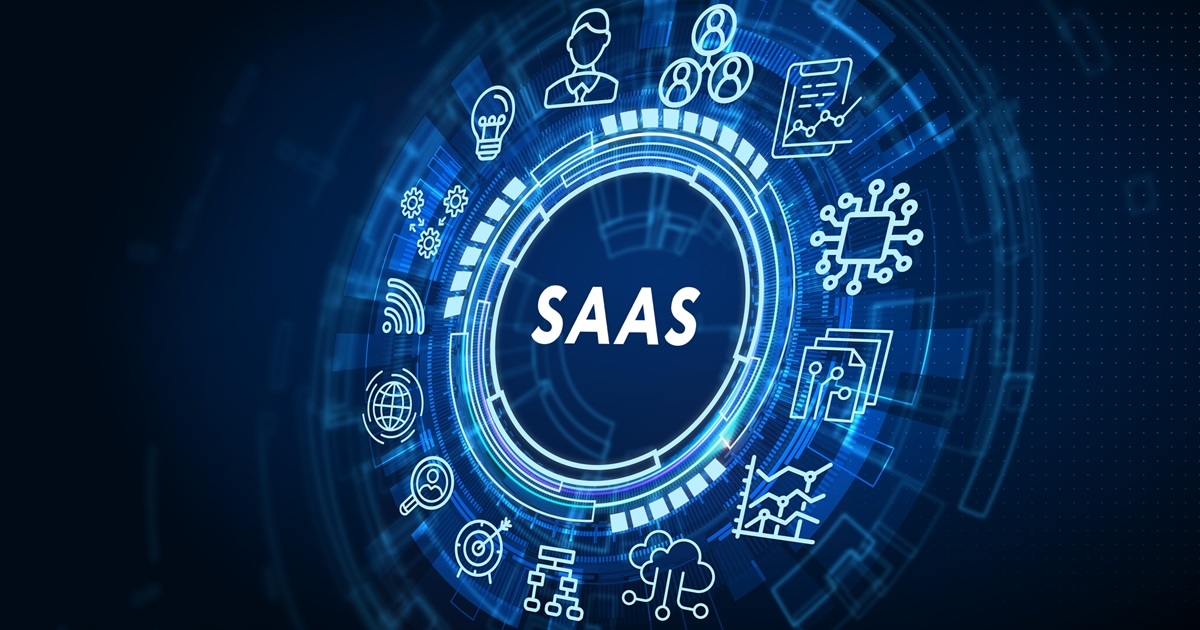
Factors That Affect the Cost of Building a SaaS Platform
Building a SaaS system can be an exciting venture, but it's essential to understand the factors that can impact its cost. Here are some key considerations:
1. Complexity of Features: The more complex and advanced features you want your successful SaaS products to have, the higher the saas software development costs will be. Customization options, integrations with other systems, and scalability requirements all contribute to increased expenses.
2. User Interface Design: A well-designed user interface is crucial for attracting and retaining users. Investing in intuitive UI/UX design may increase initial saas app development cost but can save money in the long run by reducing training needs and customer support inquiries.
3. Technology Stack: Choosing the right technology stack affects both software development time and cost. Opting for popular frameworks or platforms may result in faster development but could also lead to higher licensing fees.
4. Security Measures: Data security is paramount when building a SaaS platform, especially if it handles sensitive information or financial transactions. Implementing robust security measures adds extra layers of protection but may require additional investment.
5. Integration Requirements: If your SaaS app needs to integrate with third-party applications or APIs, there may be additional costs involved in ensuring seamless connectivity between systems.
6. Scalability Needs: Consider future growth plans for your SaaS platform as scaling up infrastructure and accommodating increasing user demands might require additional investments during development stages itself.
7. Development Team Expertise: Hiring skilled developers who specialize in building SaaS platforms ensures high-quality results; however, their expertise comes at a premium price compared to less experienced developers or freelancers.
Understanding these factors allows you to plan effectively and make informed decisions about where best to allocate resources within your budget constraints while still achieving your desired outcomes.

Breakdown of Costs: Development, Maintenance, and Marketing
When it comes to building a SaaS app, understanding the breakdown of costs is essential. It helps you plan your budget effectively and make informed decisions throughout the development process. Let's dive into the three main areas that require financial investment: development, maintenance, and marketing.
SaaS app cost encompass various aspects such as software architecture design, user interface (UI) and user experience (UX) design, backend coding, database setup, and integrations with third-party services. This stage lays the foundation for your platform's functionality and determines its overall performance. Depending on the complexity of your requirements and the expertise of the developers involved, this can range from a few thousand dollars to several hundred thousand dollars.
Once your SaaS app is up and running smoothly after launch day celebrations have subsided, ongoing maintenance becomes crucial. This includes regular updates to fix bugs or security vulnerabilities that may arise post-launch as well as monitoring performance metrics to ensure optimal functioning. The cost here will depend on factors like server hosting fees (cloud-based or dedicated servers), bug fixing frequency or severity level, additional feature enhancements requested by users etc.
Lastly but certainly not least, marketing plays a significant role in ensuring visibility for your SaaS app in a crowded market space filled with competitors vying for attention. Invest in strategies like content optimization, social media management campaigns, paid advertising, influencer partnerships to reach potential customers effectively. Be prepared to allocate between 20-30% of your total budget towards marketing efforts over time since it is an ongoing endeavor.
Remember that these costs are estimates; they can vary depending on multiple factors including project scope complexity , team size level hired, and market niche targeted.
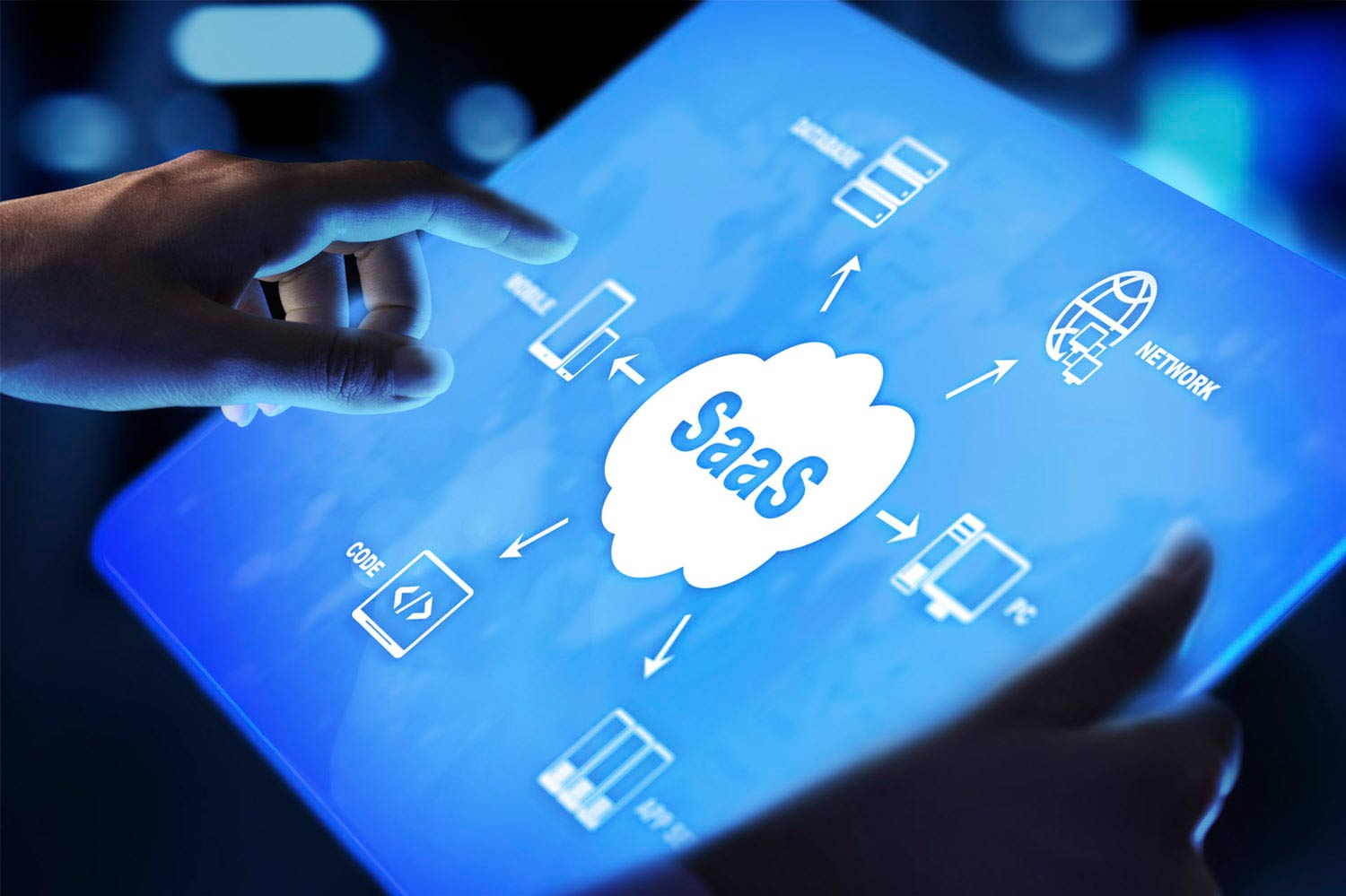
How much does it cost to host a SaaS app?
The cost of hosting a Software as a Service (SaaS) application can vary widely depending on several factors. Here are some of the key factors that can influence the final cost of of hosting a SaaS app:
- Infrastructure Costs: This includes the cost of servers, storage, and networking equipment. You can choose between hosting your infrastructure on-premises or using cloud services like AWS, Azure, Google Cloud, or others. Cloud hosting is often preferred for its scalability and flexibility. The cost will depend on the resources (CPU, RAM, storage, etc.) you allocate to your application.
- Development and Maintenance Costs: The cost of developing and maintaining your SaaS application includes salaries for developers, designers, and other team members, as well as expenses related to software development tools and licenses.
- Database Costs: You'll need a database to store user data, application data, and other information. The cost of hosting and managing the database can vary depending on the database type (SQL, NoSQL, etc.) and the amount of data you're storing.
- Bandwidth Costs: If your SaaS app serves a large number of users or handles a lot of data, you'll incur costs related to data transfer and bandwidth usage.
- Security Costs: Ensuring the security of your SaaS application is crucial. You may need to invest in security tools, services, and expertise to protect your application and user data.
- Monitoring and Analytics Costs: To monitor the performance and usage of your application, you may need to invest in monitoring tools and analytics services.
- Compliance Costs: Depending on your industry and the data you handle, you may need to comply with various regulations (e.g., GDPR, HIPAA), which can add to your costs for legal and compliance-related activities.
- Licensing Costs: If your application uses third-party software or libraries, you may need to pay for licenses or subscriptions.
- Scalability Costs: As your user base grows, you may need to scale up your infrastructure, which can increase hosting costs.
- Disaster Recovery and Backup Costs: It's essential to have backup and disaster recovery plans in place. Costs for backup services and disaster recovery solutions should be considered.
- Support and Customer Service Costs: Providing support to your users and maintaining customer service channels can also contribute to your overall expenses.
- Marketing and Sales Costs: Attracting and retaining customers may require marketing and sales efforts, which have their own associated costs.
- Miscellaneous Costs: There may be other miscellaneous costs, such as domain registration, SSL certificates, and compliance audits.
It's important to note that the cost of the hosting services for a SaaS app can be dynamic and may change over time as your user base and feature set grow. To get a more accurate estimate, you should conduct a detailed cost analysis based on your specific requirements and business model. Additionally, many cloud providers offer cost calculators that can help you estimate hosting expenses based on your chosen infrastructure and usage patterns.
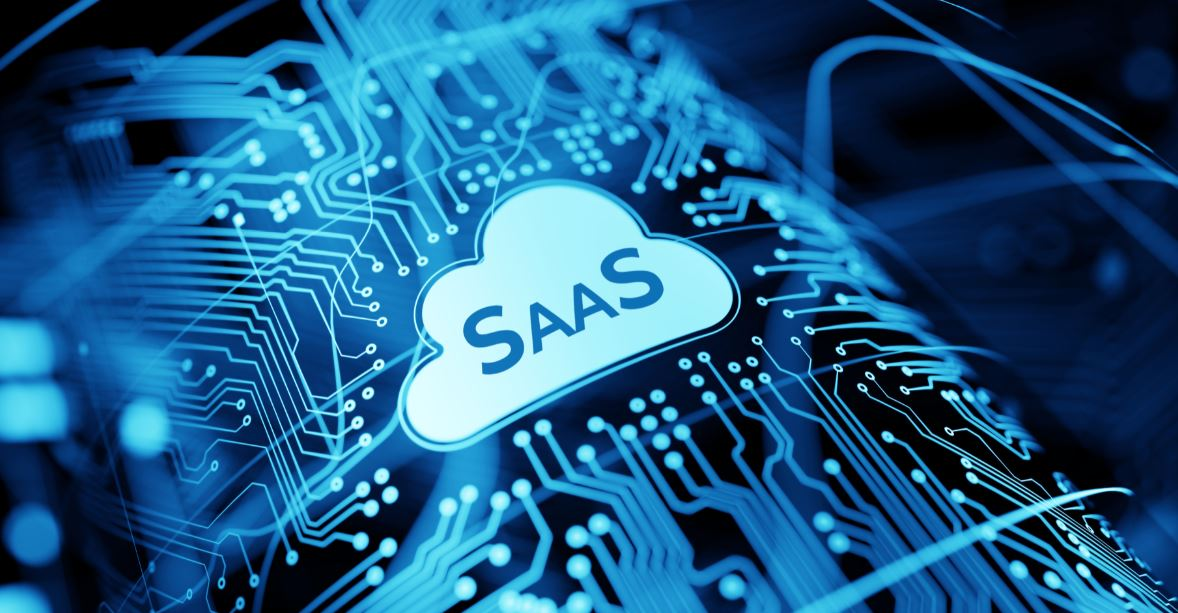
Tips to Save on SaaS Development Costs
Building a SaaS platform can be a significant investment, but there are ways to cut down on costs without compromising the quality or functionality of your product. Here are some tips to help you save money during the development process:
1. Plan and prioritize: Before diving into development, create a detailed plan outlining your platform's features and functionalities. Identify what is essential for launch and what can be added later as upgrades. This will prevent unnecessary spending on non-essential elements.
2. Choose the right technology stack: Selecting the appropriate technology stack can have a big impact on cost savings. Opt for open-source tools and frameworks that offer robust functionality at lower costs compared to proprietary software.
3. Consider outsourcing: Hiring an external development team or freelancers can often be more cost-effective than maintaining an in-house team. Outsourcing allows you to access skilled professionals at competitive rates while also saving on infrastructure costs.
4. Use existing integrations: Rather than reinventing the wheel, leverage existing integrations and APIs that provide ready-made solutions for common functionalities like payment gateways or customer support systems.
5. Test early and frequently: Implementing regular testing throughout the development process helps identify bugs and issues early on, reducing costly rework further down the line.
6. Optimize cloud hosting expenses: Cloud hosting offers scalability and flexibility, but it's crucial to optimize usage to avoid excessive costs. Monitor resource allocation regularly, ensuring you're only paying for what you need.
7. Communicate effectively with your development team: Clear communication with your developers is vital in avoiding misunderstandings or rework due to miscommunication errors that could lead to additional expenses.
By following these tips, you'll not only save money during SaaS app development but also ensure efficient use of resources without compromising quality!
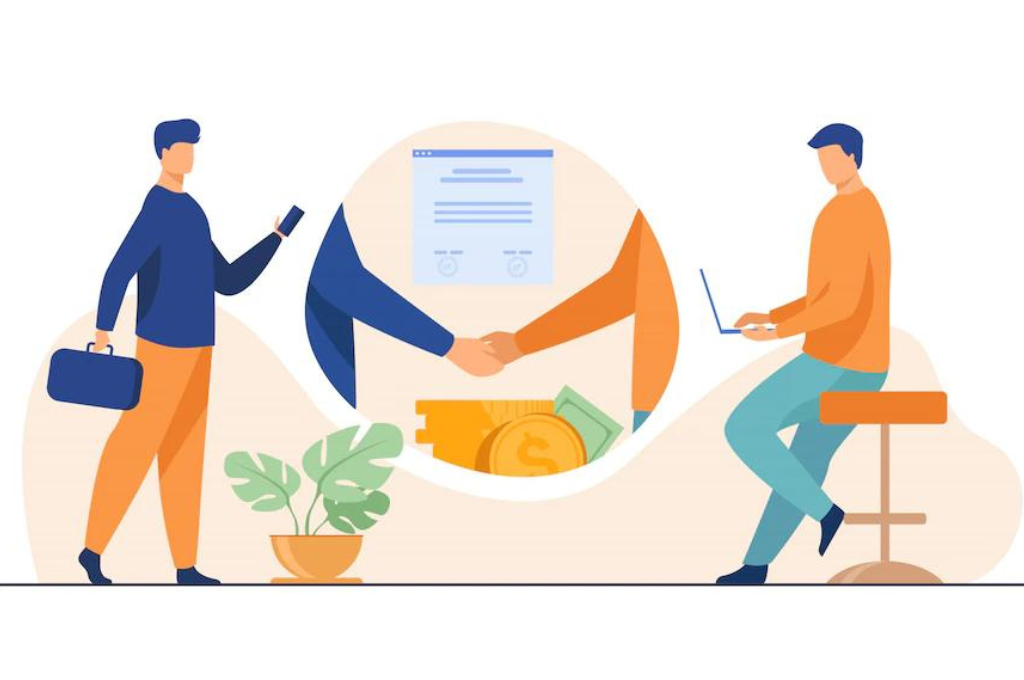
Case Studies: Successful SaaS Platform and Their Development Costs
When it comes to building a successful SaaS platform, it can be helpful to look at real-life case studies for inspiration and insights. By examining the development costs of these platforms, you can get a better understanding of what to expect when embarking on your own SaaS journey.
One such example is Slack, a popular team communication tool. The development costs for Slack were estimated to be around $5 million initially. However, as the platform grew in popularity and added more features, their development budget increased significantly.
Another notable case study is Salesforce, one of the pioneers in cloud-based CRM software. The initial investment for Salesforce was approximately $6 million back in 1999. Over time, as they expanded their offerings and acquired other companies, their development costs continued to rise.
HubSpot is another success story worth mentioning. This inbound marketing platform started with an estimated development cost of around $500k-1 million per year during its early stages. As HubSpot gained traction and introduced new features like sales tools and customer service software, their expenses naturally increased.
These examples highlight that building a successful SaaS app often requires significant upfront investment coupled with ongoing maintenance and updates. It's important to factor in scalability as well since your platform may need continuous improvements based on user feedback and market trends.
While every SaaS project is unique, studying these cases can give you valuable insights into the potential costs involved in developing a successful SaaS platform. Remember that proper planning, hiring skilled developers or outsourcing agencies wisely are crucial factors that contribute not only towards controlling your expenses but also ensuring the long-term success of your venture.
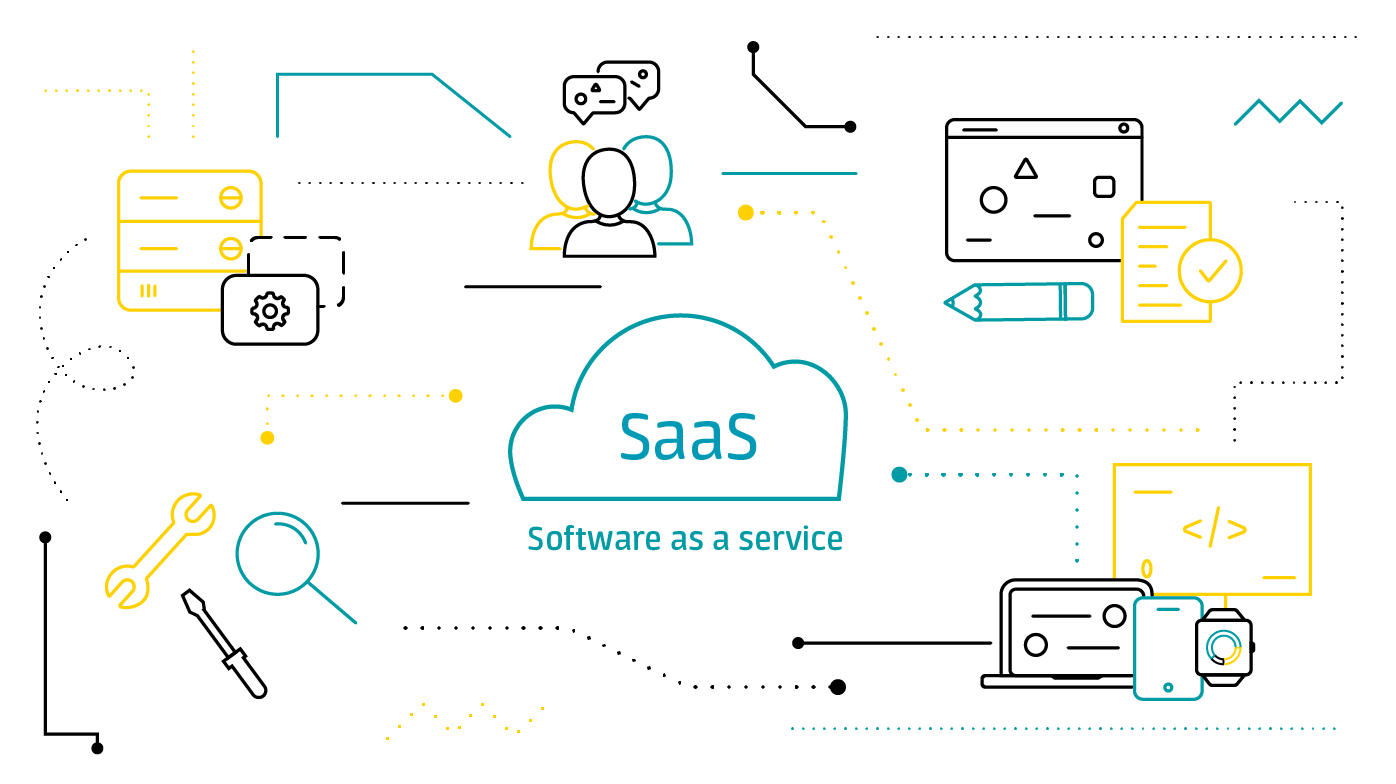
Can one person build a SaaS?
Yes, it is possible for one person to build a Software as a Service (SaaS) application, but it can be a challenging endeavor. Building and launching a SaaS product typically involves a wide range of tasks, including software development, design, testing, marketing, customer support, and more. Here are some of a few key stages and considerations if you're planning to build a SaaS product as a solo founder:- Technical Skills: As a solo founder, you should have strong technical skills in software development, as you'll be responsible for building the core product. Depending on your chosen technology stack, this can include front-end and back-end development, database management, server configuration, and more.
- Product Vision: Clearly define your product's vision and target audience. Having a well-defined product idea and understanding your target market is crucial for success.
- Minimum Viable Product (MVP): Start by building a minimum viable product (MVP) with essential features that solve a specific problem for your target users. This allows you to launch quickly and gather user feedback.
- Design and User Experience: Good design and user experience are critical for attracting and retaining users. Consider investing time in designing an intuitive and visually appealing user interface.
- Testing and Quality Assurance: Ensure rigorous testing and quality assurance to deliver a stable and reliable product. Even as a solo founder, you should prioritize bug fixes and improvements based on user feedback.
- Marketing and Growth: Building the product is only part of the journey. You'll also need to invest in marketing and growth strategies to acquire and retain users. This may include content marketing, social media, SEO, paid advertising, and more.
- Customer Support: Be prepared to handle customer inquiries, issues, and feedback. Providing excellent customer support is essential for building a loyal user base.
- Scalability: As your user base grows, your application should be able to scale to accommodate increased traffic and usage. Plan for scalability from the beginning.
- Legal and Compliance: Understand the legal and compliance requirements related to your SaaS product, such as privacy regulations (e.g., GDPR), and ensure that you're in compliance.
- Financial Considerations: Manage your finances carefully. Budget for hosting costs, software tools, marketing expenses, and other operational costs.
- Time Management: Building a SaaS product is time-consuming. Effective time management and prioritization are crucial for solo founders.
- Networking: Building a network within the industry and among potential customers can be beneficial for gaining insights, partnerships, and early adopters.
While it's possible to start a SaaS business as a solo founder, it's important to recognize that it can be a demanding undertaking. As your product grows and gains traction, you may consider bringing in additional team members or seeking investment to scale more effectively. Additionally, leveraging third-party services, tools, and platforms can help you save time and resources during the development and scaling process.

Conclusion
Building a SaaS app can be a significant investment, but the rewards can be well worth it. By understanding the factors that affect the cost of development, maintenance, and marketing, you can better plan for your budget. Remember to consider important components such as design, development, testing, debugging, infrastructure costs, and ongoing maintenance.
When it comes to saving on SaaS platform development costs, there are several strategies you can employ. Consider using freelancers or outsourcing agencies to take advantage of their specialized skills and lower labor costs. Additionally, leveraging open-source technologies and frameworks can help reduce expenses without compromising on quality.
Looking at successful SaaS platforms provides valuable insights into what is possible in terms of development costs. It's essential to study these case studies to understand how different features and functionalities impact overall expenses.
The cost of building a SaaS app varies depending on various factors such as complexity, size of the project team involved in its development process, desired features required by customers vis-a-vis scope creep issues which could result in more time spent developing additional features not initially planned for thus increasing project duration/budget requirements accordingly; scalability needs when considering future growth potential etcetera - all these need careful consideration before embarking onto any given endeavor.
By carefully planning your budget and choosing the right approach for your SaaS platform development journey, you will be able to create a scalable solution that meets your business goals while keeping costs under control.
Remember that investing in high-quality software development is crucial for long-term success in today's competitive market.
So if you're ready to bring your innovative ideas to life with a powerful SaaS app, get started now by finding an experienced team or reliable, outsourcing agency or software development agency who understands your vision and has proven expertise in delivering top-notch software solutions!

